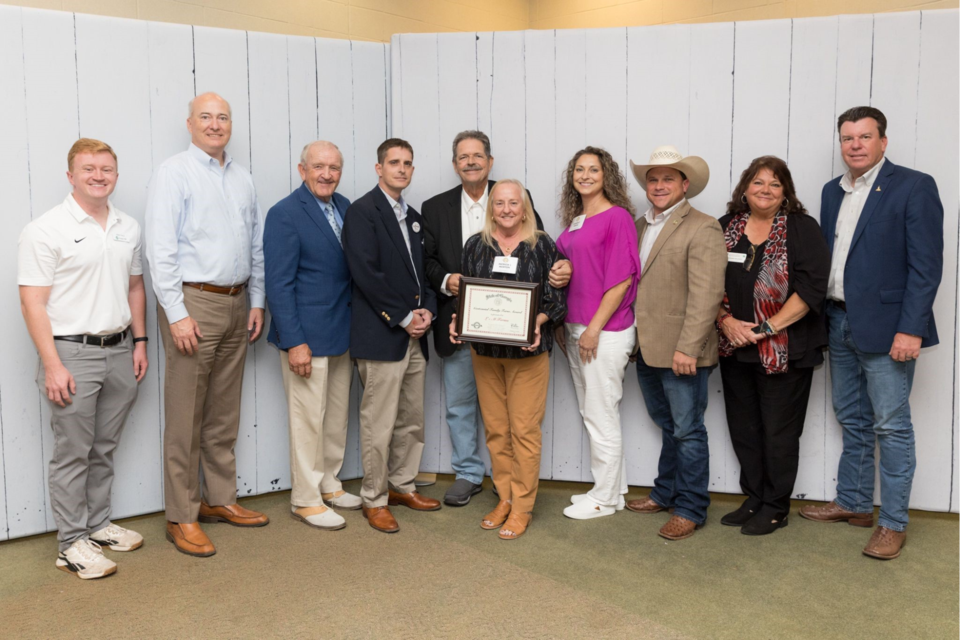The Georgia Commissioner of Agriculture Tyler Harper and the Georgia Department of Agriculture recognized 13 Georgia farms as recipients of the Georgia Centennial Farm Award during the 34th Annual Georgia National Fair. The Lannie Lee Family farm, now L&M Farms, LLC, was one of two from Bulloch County who received an award. This month we are including the history of L&M Farms. Next month we will do the same for Lynne & Charles Lee of Boggy Branch Farms.
The Centennial Farm Program was created in 1993 to recognize historic Georgia farms that have been in continuous operation for over 100 years and is a collaborative effort by the Georgia Department of Agriculture, the Georgia Department of Natural Resources, the Georgia Department of Community Affairs, the Georgia Farm Bureau Federation, the Georgia Forestry Commission, the Georgia National Fairgrounds and Agricenter, and Georgia EMC.
"These generational family farms play an integral role in the success of Georgia’s agriculture industry,” said Agriculture Commissioner Tyler Harper. “We’re grateful for their contributions to Georgia’s rich agricultural history and look forward to continuing to empower Georgia farmers to help ensure their success for generations to come."
A farm must have been continuously owned and operated by the same family for a minimum of 100 years to be eligible for the Centennial Farm Award, or the farm itself must be at least 100 years old and be officially listed in the National Register of Historic Places. Additionally, each farm must be a working farm that has retained a minimum of ten acres of the original family purchase and must generate at least $1,000 in annual income.
Qualifying farms are recognized at the Georgia National Fair in Perry, Georgia, where farm owners receive a Georgia Centennial Farm certificate of honor signed by the Governor during the awards presentation.
History of L&M Farms
Brooks County (BC) Lee purchased the 65-acre farm in 1912. He and his wife Martha Hagan Lee had five children: James Gordon Lee, Mary Evelyn Lee, Brooks County Lee Jr., Percy Hagan Lee, and Lannie Denmark Lee.
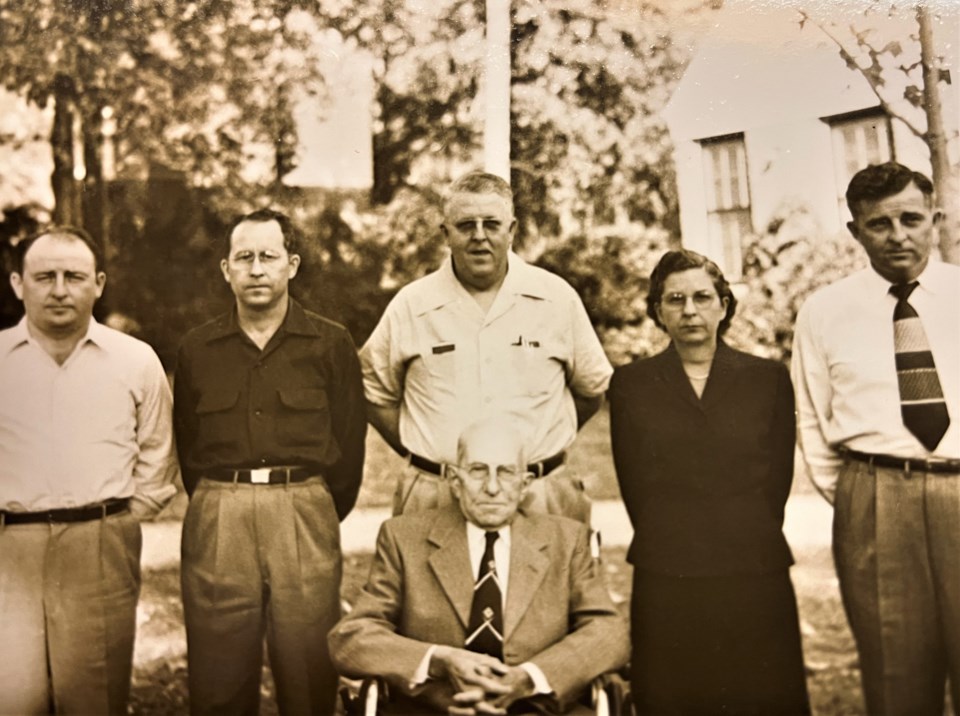
The farmhouse was constructed in the early 1900’s. Two Sycamore trees in front of the home were planted soon after and still stand today.
After returning from WWII in 1946, Lannie Lee, the youngest child, took over the farm operation, living in the farmhouse where he was born. He and Marcia Hodges Rushing were married in 1950. They had three children, Patricia Ann, Marcia Cathy, and Lannie Denmark (Mark) Lee Jr.
In 1964, the farmhouse, with two bedrooms and one bath, was completely remodeled, as that was popular then. It now has three bedrooms and two baths. Ceilings were lowered, carpet replaced wooden floors, and the oak columns on the front porch were replaced with wrought iron columns.
In 1992, Lannie’s oldest daughter Patricia and son-in-law Randy Morton bought the farm. It’s now L&M Farms, LLC, but still the original acreage on Rushing Road near Statesboro.
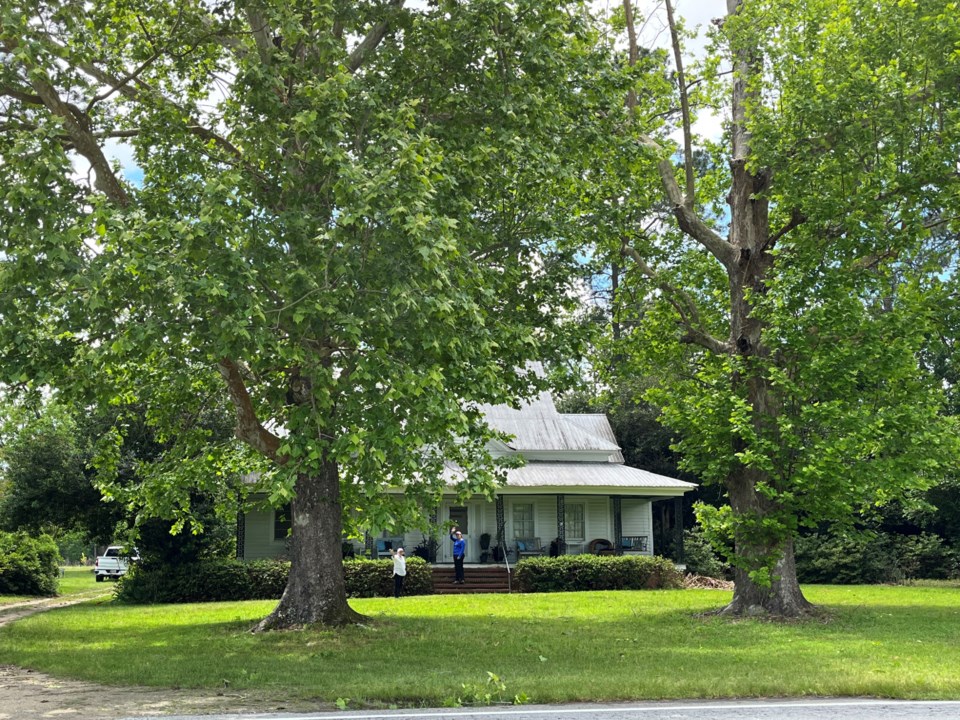
A pond and pondhouse were later constructed across the highway from the main house.
Lannie continued to farm the place and grew corn, peanuts, and soybeans. In 1995, Lannie Lee built a syrup house, planted sugarcane, and began making sugarcane syrup, using an iron kettle fired with wood.
Lannie said he had always enjoyed the syrup grindings of his childhood, so he wanted to share this with others. Patricia worked with him for several years helping cook syrup and learning his methods.
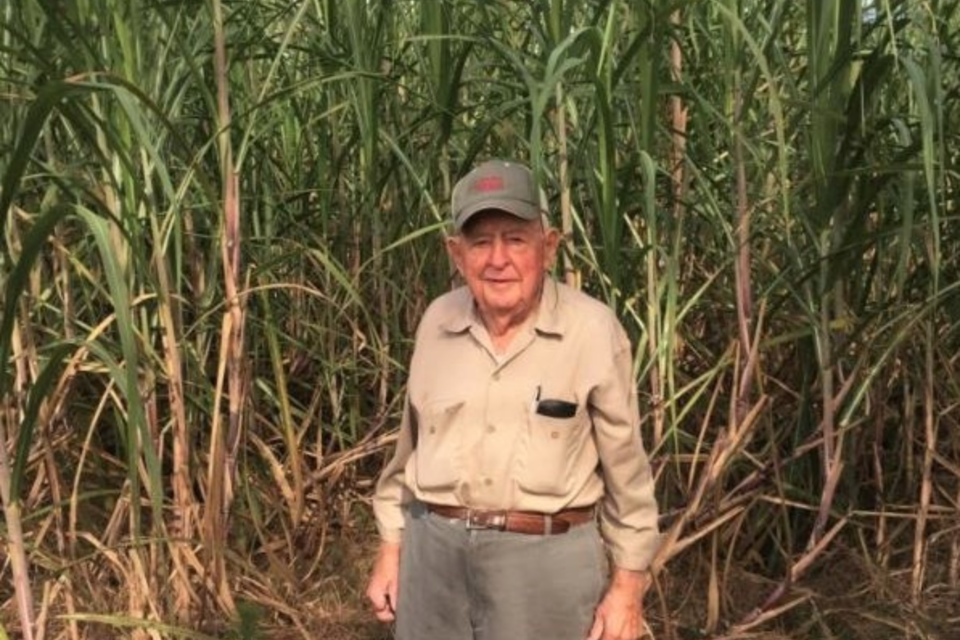
Lannie joined the Georgia Farm Bureau in 1947 and became a very active member. He served as V.P. of the Bulloch County chapter under good friend M.L. Miller from 1973 until Miller’s passing in 2007. Lannie Lee was then named President and held that position until his death at age 96.
He was very popular in the community and took joy in helping others. The Lannie Lee Family was named Bulloch County Farm Family of the Year in 2010 by the Statesboro-Bulloch County Chamber of Commerce.
Continuing a Tradition
Patricia and Randy have continued the tradition Lannie started by growing sugarcane and producing Lee’s Pure Sugarcane Syrup. Patricia still cooks syrup the way she was taught by her father but using a few new tools and techniques.
Several upgrades have also been made to the original syrup house, like switching to propane instead of wood to cook the syrup, fine-tuning the mill, and new coats of paint.
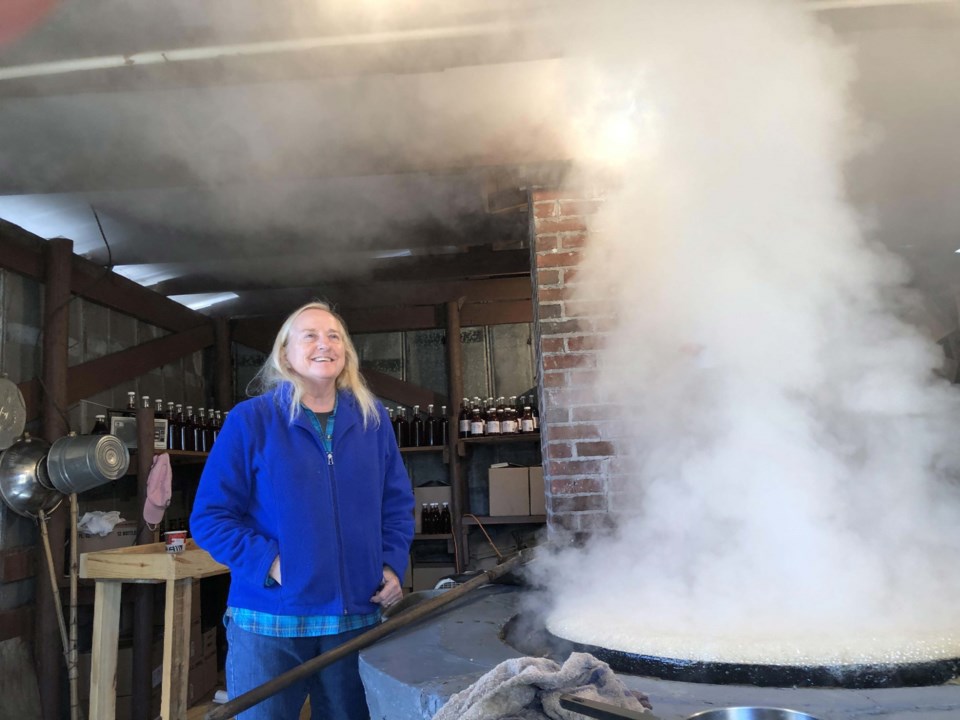
Other types of sugarcane have been planted to add variety, and they now have over six acres of planted cane. They also sell cane for others to plant or cook syrup and rent farmland to others for growing cotton and peanuts.
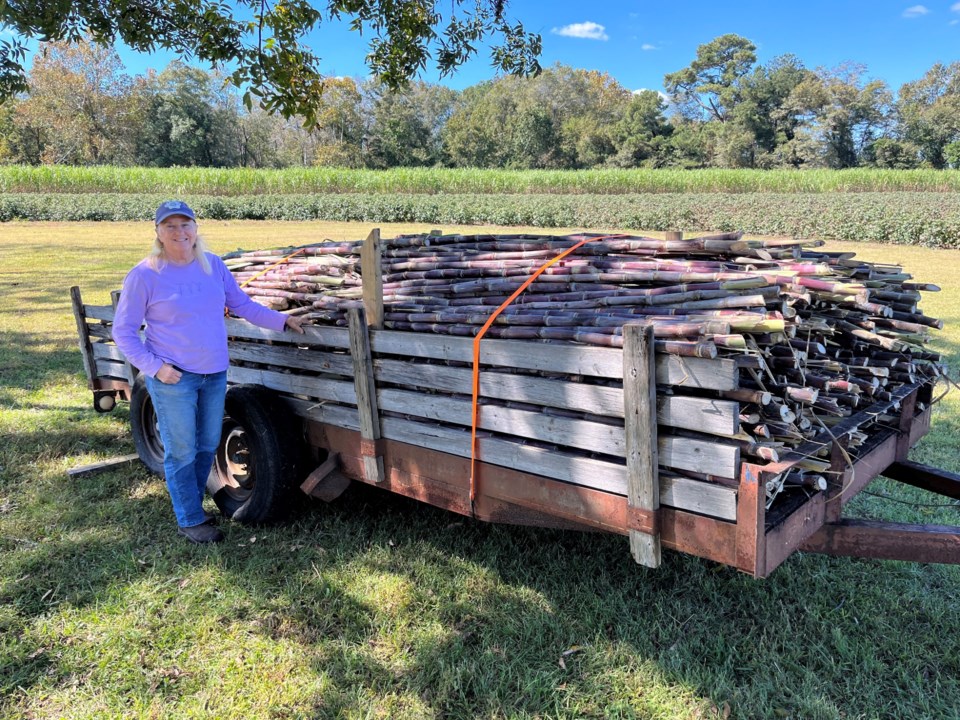
Patricia is a retired educator, having taught English in local high schools and at Ogeechee Technical College. She was raised in the same farmhouse as her father, sister Cathy, and brother Mark.
Randy retired from Morris Multimedia in 2018, serving as publisher of newspapers in Southeast Georgia and Southern California, including the Statesboro Herald. He grew up on his family’s farm near Leefield with brother Dermon and sisters Shae and Sheila.

Both say growing sugarcane and making syrup doesn’t feel like retirement. It takes lots of support to get it done.
“We have a few super, retired friends who help us these days,” said Randy. “I grow the cane, and they come help strip, top, cut, load, and grind it. That’s the easy part. My wife Trish cooks the syrup. That’s the hard part.”
“It does take a lot of time and effort," Trish said. "Every cooking is a little different. It’s still a lot of guesswork. But it’s nice to hear someone say they really like our syrup. We really appreciate our customers. They like it that we don’t add anything to our syrup like corn syrup or preservatives. It’s all natural, and that’s what most seem to want these days. But it is still hard work. Not many do it anymore.”
“She’s right," Randy added. “When I told one of my doctors that I had retired but was now growing sugarcane, he asked me if that wasn’t hard work. I told him yes it was hard work and asked him what he thought I should do. He said to go home and have a beer. I followed doctor’s orders.”
To that, Trish smiled and added, “We do watch the grass grow these days. You do know that sugarcane is a grass, don’t you?”
Will their children or grandchildren continue the syrup-making tradition down the road? Only time will tell.

